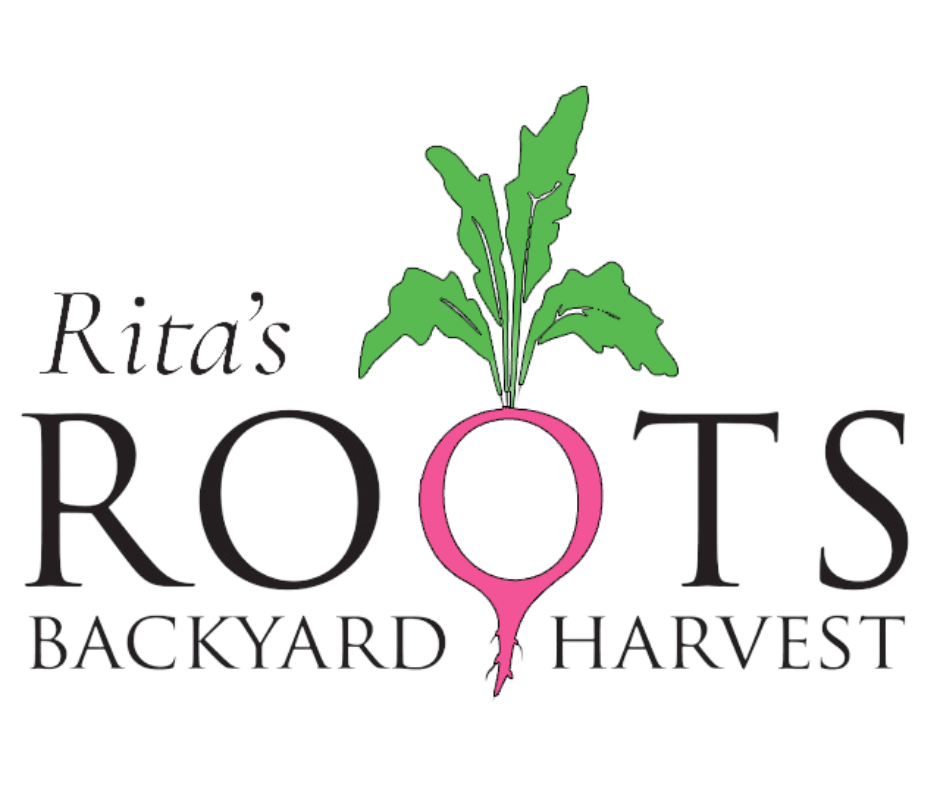Vegetables That Grow Well in the Charleston Summer
MEET THE HEAT-LOVING PLANTS: MALABAR SPINACH, YARD LONGS, OKRA, SWEET POTATOES
If you have extra space in your garden, now is the perfect time for heat-loving plants that can thrive throughout the Lowcountry’s summer months. Once the warm weather hits, lettuces will bolt and turn bitter. Time to dig them up to make room for more heat-tolerant plants.
Some of our favorites include malabar spinach, yard-long beans, okra, and sweet potatoes. You can benefit from the tips and tricks we have learned through many seasons of trial and error to ensure a productive harvest.
OUR FAVORITE HEAT-LOVING PLANTS
TRELLISING
Malabar spinach and yard long beans need to be trellised.
While called a spinach, Malabar spinach actually has a texture more similar to that of Swiss chard.
It is a viney, heat-loving green native to India. It can definitely be added into Asian cuisine as a fresh summer green and makes a wonderful green and thickener for soups.
Yard long beans, aka noodle or asparagus beans, are named for their 1-2 ft long pods and can be red or green in color.
Yard long beans are an Asian variety that prefers hot and humid temperatures, which is when most other beans drop flowers and succumb to the summer’s heat.
They have a more intense bean flavor and hold up well steamed or in stir-fry. The beans are a good source of protein, vitamins A & C, thiamine, riboflavin, iron, magnesium, manganese, phosphorus, and potassium.
Yard long beans produce massive, quick-growing vines, up to 9-12 ft in height! You can purchase some already made round metal trellises found at Rita’s Roots Plant Sales and Container Store
You can also do this tee-pee style by placing 3-5 poles together on a slant to form a tee-pee and securing them at the top. Another way is to set T-posts in the ground and run a sturdy twine between them on a zig-zag. Once the beans are about 6-12” tall, start training them on the trellis.
Sweet potato vines can also be trellised for aesthetics. Or simply, let the vines run over your garden soil and trim to use in recipes when needed. They act as a nice groundcover/living mulch for the summer garden as well!
Use the vines in recipes just as you would spinach. They are great in smoothies, sauteed with veggies or added to soups.
The sweet potato variety we are getting in is certified organic and will stay in the ground for 90 days. That is perfect for planting in mid-June. You’ll dig them out in mid-June — a fun treasure hunt — just in time for fall planting. Dig them out mid-late September.
To learn more about Garden Trellises, read Benefits Of A Garden Trellis
HOW TO PLANT
We always recommend fertilizer addition before planting. As Always, don’t Forget the All Purpose Fertilizer. We recommend 2 tbsp per plant, 1 cup per 4’row of seeds.
One exception is the sweet potato. If you had a very abundant, lush spring crop in the same area you area planting sweet potatoes, you probably do not need any additional fertilizer. Too much fertilizer will cause the potatoes to be skinny and stringy. Best to hold off!
Plant seeds no more than 2x the diameter of the seed, generally 1/2 inch deep. Bean spacing is 3-4″. Same for Malabar. Malabar seeds take a while to germinate.
WHEN PLANTING BEANS, ONLY USE SMALL QUANTITIES OF FERTILIZER.
Beans fix nitrogen in the soil and over fertilization leads to more leaf growth and less bean growth.
Seed okra every 4-6″. As they start to grow, be sure to thin okra to 1′ apart. If planting from transplants, space 1′ apart.
Sweet potatoes are planted as slips, which are sprouts cut from a sprouting sweet potato.
Since they are root vegetables, be sure to loosen and fluff the soil before planting. (The cobra tool is perfect for this task.)
STILL HAVE SPACE?
Sunflowers and Zinnia flowers are also great placeholders for the summer.
Check our online shop where we have sourced the best varieties of these plants. We prepare your order for pickup from our downtown location.

